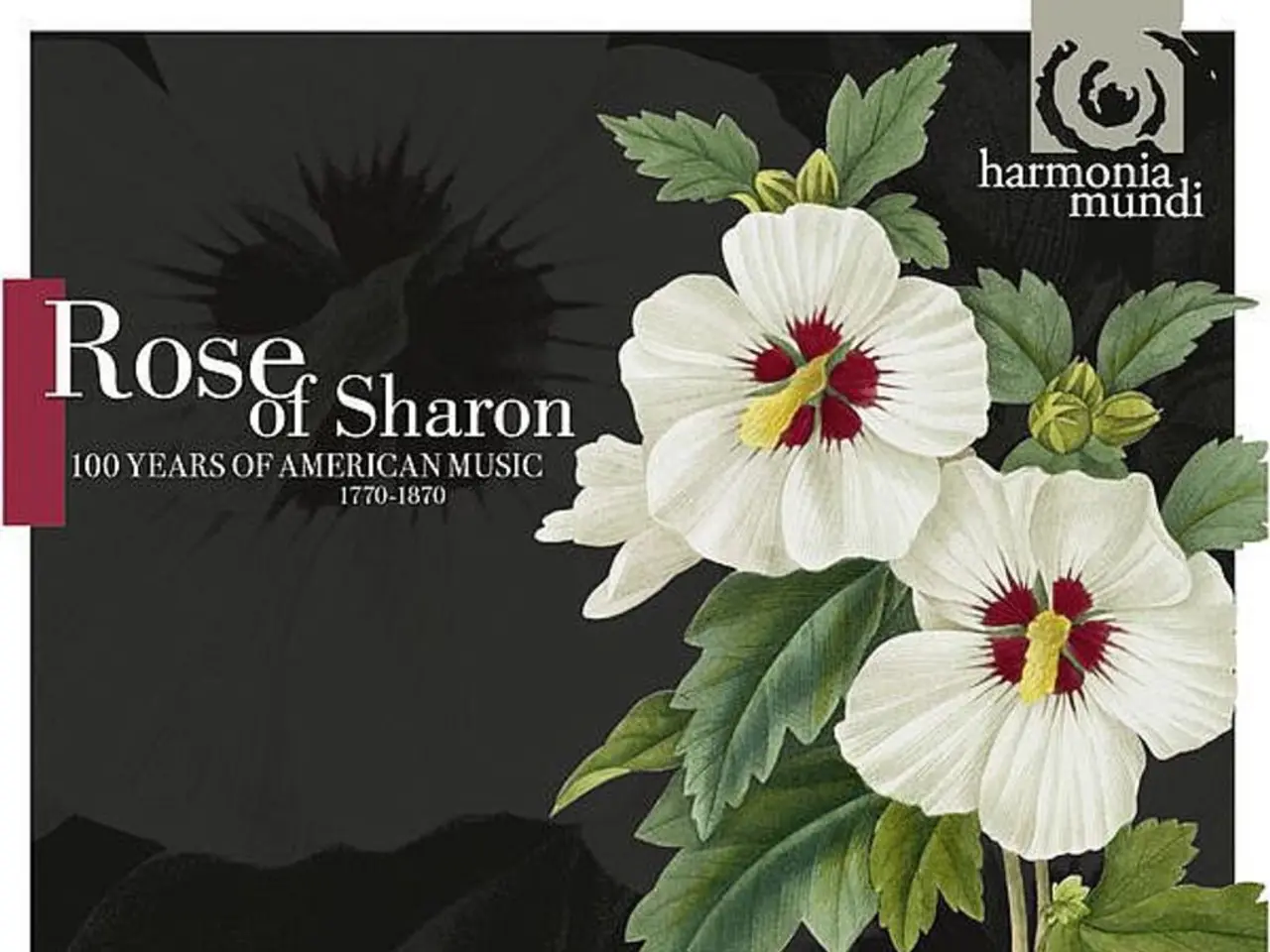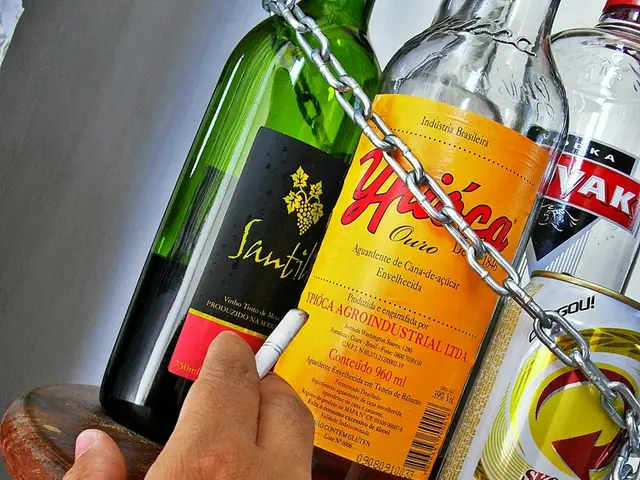Japanese Floriography, or Hanakotoba, Encodes Meanings Through Flowers
In the rich tapestry of Japanese culture, flowers play a profound role, serving as visual symbols, narrative elements, and carriers of deep symbolism and cultural significance. This phenomenon, known as Hanakotoba, has its roots in the Heian period (794-1185) and reached its zenith during the Edo (1603-1868) and Meiji (1868-1912) periods.
Hanakotoba, the language of flowers in Japan, assigns specific meanings and symbolism to different Japanese flowers. For instance, the cherry blossom (Sakura) symbolizes the transient nature of life, beauty, and the fleeting nature of earthly pursuits. On the other hand, the peony (Botan) is associated with prosperity and is often used in kimono designs or kanzashi for weddings or celebratory events.
Certain flowers, like the peony and the chrysanthemum (Kiku), are laden with cultural or historical significance in Japanese culture. The chrysanthemum traditionally symbolizes longevity, dignity, and renewal. It flourished during the Meiji period while becoming globally recognized.
Flowers also play a crucial role in various ceremonies, such as Hanami, the annual cherry blossom viewing festival. In traditional Japanese cultures, the choice of flowers carries a deep symbolism that adds to the ceremonial atmosphere.
The white color in kimono fabrics signifies purity or innocence, while red represents passion or love. Interestingly, red roses symbolize passionate love in Hanakotoba, while white lilies represent purity and innocence.
In the realm of art, flowers in ukiyo-e prints can serve as narrative elements, enriching the story or theme depicted in the artwork. They are often depicted in their seasonal contexts, with cherry blossoms representing spring and chrysanthemums symbolizing autumn.
Moreover, Hanakotoba gained widespread popularity during the Edo period and found its place alongside ikebana, as both practices complemented each other. Today, Hanakotoba continues to influence floral arrangements which are carefully curated for weddings, funerals, and other important events.
In modern times, flowers are not just confined to traditional art forms. In anime and manga, they are often used as visual symbols to represent particular emotions or themes, or to convey hidden messages.
Kimono designs often feature flowers and plants inspired by Hanakotoba, such as cherry blossoms, peonies, or chrysanthemums, representing their respective symbolism like beauty, prosperity, or longevity. As such, Hanakotoba remains deeply ingrained in Japanese culture, where flowers are used to communicate messages in various art forms, such as painting, calligraphy, and textiles.
Read also:
- Impact of Alcohol on the Human Body: Nine Aspects of Health Alteration Due to Alcohol Consumption
- Understanding the Concept of Obesity
- Tough choices on August 13, 2025 for those born under Aquarius? Consider the advantages and disadvantages to gain guidance
- Microbiome's Impact on Emotional States, Judgement, and Mental Health Conditions







